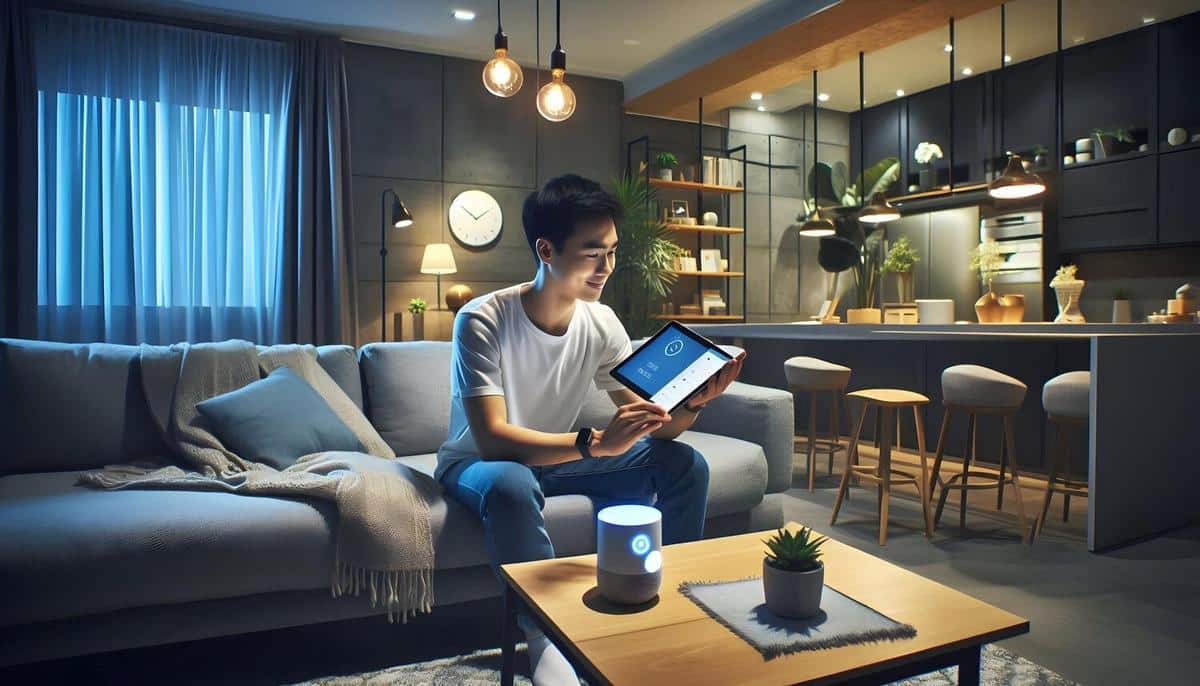
Smart Homes: Opportunities and Challenges for Real Estate Investors
As technology continues to evolve, the concept of smart homes has become an intriguing topic for real estate investors. These technologically advanced homes offer a blend of convenience, efficiency, and security that appeals to a modern buyer, but they also come with their own set of challenges.
Understanding Smart Homes
Smart homes incorporate advanced technology systems that automate and control household functions such as lighting, heating, and security, often operated remotely via smartphones or voice commands. This technological leap offers both opportunities and challenges for investors in the real estate market.
Opportunities for Real Estate Investors
Investing in smart homes can offer significant returns as consumer demand for these properties rises. According to Statista, the global smart home market is expected to grow significantly in the coming years, making it a lucrative segment for investors.
- Increased Property Value: Smart home features can elevate a property’s market value, attracting tech-savvy buyers willing to pay a premium for convenience and efficiency.
- Energy Efficiency: Automated systems in smart homes can lead to substantial energy savings, appealing to environmentally conscious buyers.
Challenges in Smart Home Investments
While smart homes offer enticing opportunities, investors should be aware of potential hurdles.
- High Initial Costs: The installation of smart technologies can be costly, which might deter some investors.
- Security Concerns: The increased connectivity in smart homes raises concerns about data privacy and cybersecurity threats.
Expert Insights
“Investing in smart home technologies can be a game-changer, but it’s essential to understand the market dynamics and consumer preferences,” suggests a veteran real estate analyst.
Actionable Tips for Investors
To navigate the smart home market effectively, investors can consider the following tips:
- Research consumer trends to understand which smart features are most sought after.
- Partner with reputable technology providers to ensure quality installations.
- Stay updated on cybersecurity measures to protect your investment.
Comparing Smart Home Features
| Feature | Function | Benefit |
|---|---|---|
| Smart Thermostat | Automates heating/cooling | Energy Savings |
| Smart Lighting | Remote control & automation | Convenience |
| Security Cameras | Surveillance & alerts | Enhanced Security |
| Smart Locks | Keyless entry | Increased Security |
| Voice Assistants | Control via voice commands | Ease of Use |
| Smart Appliances | Remote operation | Efficiency |
| Home Automation Hub | Centralized control | Integration |
| Smart Blinds | Automated light control | Energy Efficiency |
Frequently Asked Questions
What are the most popular smart home features?
Popular features include smart thermostats, lighting, security systems, and voice assistants.
Are smart homes a good investment?
Yes, with increasing demand, smart homes can offer a strong return on investment.
How can I ensure my smart home investment is secure?
Partner with trusted technology providers and implement robust cybersecurity measures.
Conclusion
Smart homes present a unique opportunity for real estate investors willing to embrace technological advancements. While there are challenges to consider, the potential benefits—ranging from increased property value to energy efficiency—make smart home investments a promising venture. By staying informed and strategic, investors can successfully navigate this burgeoning market and tap into its full potential.


